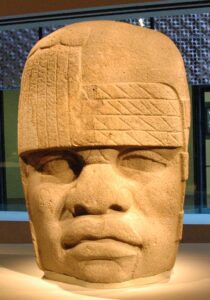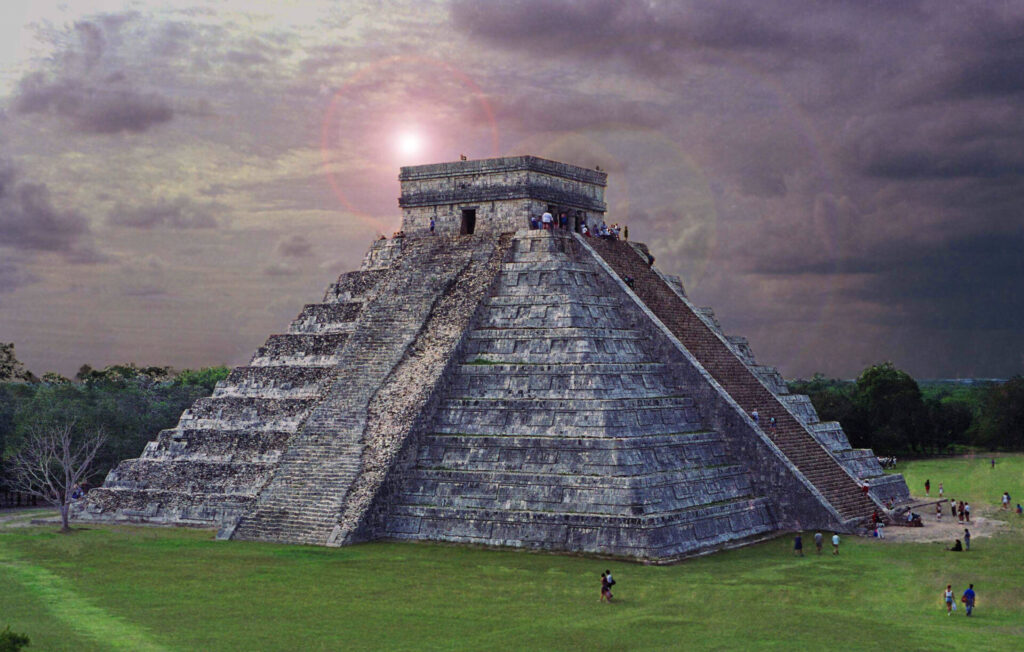Mexico’s People: A Rich Tapestry
Mexico is a vast and diverse country, with tropical rain forests, mountains, high deserts, and sea coasts. This tremendous geographic diversity is reflected by the diversity of Mexico’s people, which is one of the most complex and genetically varied populations on earth.
Mexican people can belong to one of 65 indigenous ethnic groups, or one of dozens of European immigrant groups, or ethnic groups from Asia or Africa. More likely, a typical Mexican will belong to more than one—possibly even all—of these groups because of mixed ancestry. The result of Mexico’s unique history is a unique people, one that is not quite the same as any other on Earth.
Demographics
Mexico is a big country, both geographically and in terms of its population. Mexico is home to about 130 million people, making it the largest Spanish-speaking country in the world and the 10th largest overall. More than three-fourths of Mexicans live in cities, with just over 20% remaining in rural areas. The Mexico City population alone exceeds eight million, and when its urban area is included, Mexico City is the second largest urban area on Earth after Tokyo.
Although the birth rate has been falling in recent years, Mexico is still a young country.
By ethnicity, about 60% of Mexicans identify as mestizo, i.e. a mix of European and indigenous Amerindian heritage. About 25% are of mostly Amerindian descent, and about 10% of the population is of primarily European heritage. Many Mexicans also have significant African, Arab, or East Asian heritage, though many of these are of mixed descent and identify as mestizo.
History of the Mexican People
Indigenous Ethnic Groups in Mexico
The history of the Mexican people begins with the indigenous populations that had been settled in Mexico for thousands of years prior to the Spanish conquest and colonization.
Olmecs
Agriculture arose in Mesoamerica around 5000 BC. The relatively greater wealth and stability provided by agricultural production gradually led to permanent settlements (like cities) and more complex social structures (with kings, priests, and other elites).
The Olmecs were the first of the great Mesoamerican civilizations, thriving in what is now the Mexican states of Veracruz and Tabasco between about 1500 and 400 BC. Olmec civilization originated many of the customs and practices that would come to characterize later Mesoamerican civilizations, which were heavily influenced by the Olmec.

(c) Marshall Astor CC BY SA 20
For example, the Olmec civilization was the first to play the Mesoamerican ball game and, like later Mesoamerican civilizations, practiced ritualized bloodletting. They may also have developed an early writing system and influenced the development of the Mesoamerican calendar.
Olmec artists were highly sophisticated, producing striking monumental artworks as well as highly realistic miniatures. Colossal heads of basalt, jade masks, and axes are among the most famous works of Olmec art.
Maya
The Maya civilization spanned the Yucatan peninsula, Chiapas, and parts of other Central American countries. The Mayan civilization was not consolidated into a single political empire, as the later Aztec civilization was. Rather, the Mayan civilization consisted of groups of larger city-states with complex trade and political ties between them.
Mayan cities first arose around 750 BC and began erecting monumental architecture soon afterwards. Most important buildings and artworks were connected with the political and religious structures designed to reinforce the authority of the “divine” kings.
The Maya had a thriving and well-developed culture, with outstanding achievements in writing, astronomy, and mathematics. The Maya also participated in some of the common features of other Mesoamerican cultures, such as the Mesoamerican ball game and human sacrifice.

A temple in the Mayan city of Chichen Itza. (c) Ted van Pelt / CC-BY-2.0
Many Mayan cities were inhabited for hundreds of years, with some sites being continuously inhabited for more than a thousand years. Some sites were temporarily abandoned and then rebuilt.
For reasons that are not entirely clear, many Mayan cities began to be abandoned in the 800s AD and were not resettled. Organized Mayan civilization declined rapidly, though aspects of Mayan culture and dozens of Mayan languages survive to this day.
Aztec
North of the Maya heartland, and after the abandonment of most Maya cities, the Aztecs thrived in central Mexico from the 13th century until the arrival of the Spanish conquistadores and the conquest of Tenochtitlan, the Aztec capital, in 1521.
Aztec civilization had much in common with the other Mesoamerican civilizations, including the Mesoamerican ball game and the use of interlocking solar and ritual calendars of differing lengths. Aztecs also constructed monumental buildings designed to reinforce the authority of political and religious elites.
Aztec political power was more centralized than that of the Maya, with much of Central Mexico unified in allegiance to the alliance of three city-states (Tenochtitlan, Texcoco, and Tlacopan) that has come to be known to as the Aztec Empire.
One of the Aztec’s greatest achievements was the metropolis of Tenochtitlan, a sprawling city built on islands in Lake Texcoco and crisscrossed by canals. Estimates of its population range on the eve of Spanish conquest range from 200,000 to 700,000, making it one of the largest cities in the world at the time.
The Aztec Empire was decapitated with the Spanish conquest of Tenochtitlan by Hernan Cortes in August of 1521. Following this defeat, Aztec troops allied with the Spanish to participate in the conquest of the rest of Mexico. Despite the defeat of the Aztec Empire, many aspects of Aztec culture and language remained intact and continue to this day.
Spanish Immigration
The first Europeans to arrive in Mexico were the conquistador Hernan Cortes and the 500 men he commanded. Following their defeat of the Aztec Empire, large numbers of Spaniards began to arrive in Mexico, with perhaps 750,000 arriving in the 16th and 17th Centuries.
During the colonial period, Mexican society was rigidly structured based on a racist system that privileged European birth and European genetic heritage over indigenous or African descent. Despite the efforts of some Catholic clergy, Indigenous Mexicans and Africans were enslaved in the mining and agricultural industries as part of the encomienda system. In this environment, intermarriage was rare.
Following Mexican independence from Spain in 1821, legal distinctions among Mexicans based on race or ethnicity were abolished and all Mexican citizens were made at least notionally equal before the law.
A second wave of Spanish immigration occurred in the century from 1850 to 1950, with more than three million immigrants arriving from Spain during that time.
Mestizaje
Following the Mexican Revolution, the Mexican government sought to develop a common identity for Mexicans to increase social cohesion and national unity. The ideology of mestizaje held that the Mexican people were a mix of indigenous and Spanish heritage, with the best characteristics of both groups preserved. The official government position became that any Mexican who did not speak an indigenous language was a mestizo, regardless of that individual’s actual genetic background.
Other Immigration to Mexico
Mexico has also received immigrants from many European countries other than Spain, with significant groups from England, Scotland, France, Germany, and Italy. There have also been significant numbers of immigrants from Lebanon as well as various Asian countries.
Mexico’s People Today
